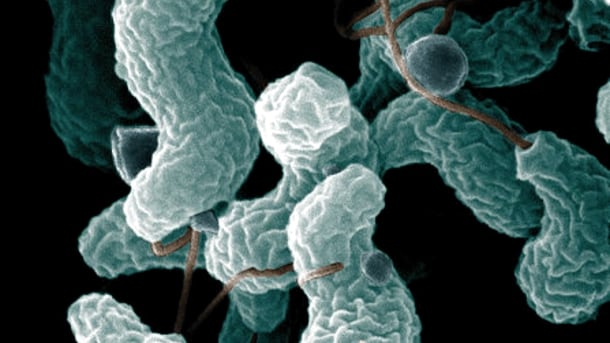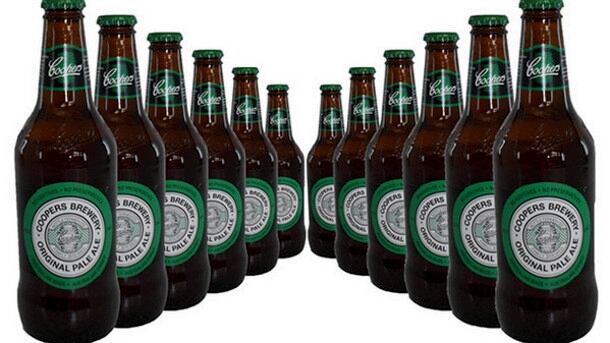A study on mice found that managing interruptions in a diet could give weight watchers better bang for their buck in terms of the amount of weight you lose relative to the effort you put in.
“Existing research suggests that this phenomenon will also apply in humans,” said Amanda Salis, who is currently conducting clinical weight loss trials to confirm this.
Associate Professor Salis is leading a research team that has followed obese mice that were fed one of two kilojoule-restricted healthy diets for 12 weeks.
One diet continuously provided 82% of normal kilojoule intake, while a second, intermittent diet provided 82% of normal kilojoule intake for five to six consecutive days, followed by unrestricted intake for one to three days.
There was no difference in body weight, fat mass, circulating glucose or insulin concentrations, or the insulin resistance index at the end of the 12 weeks, but weight loss efficiency was more than two times better on the intermittent diet than on the continuous diet.
“When mice on the intermittent diet were allowed to bust out and eat as much healthy food as they wanted for those one to three days, they ate up to 70% more than usual, and up to 40% more than non-dieting mice, resulting in an overall 12% greater intake compared to mice on the continuous diet. However, they lost just as much weight and body fat,” said Associate Professor Salis.
“So it seems that, for mice at least, there’s no need to be the dux of the diet club and follow a weight loss diet to the letter in order to get results.”
Unlike popular intermittent fasting diets, such as the five-two diet, in which people tend to eat less than normal even during the “feast” phase of the diet—which was conducted with healthy food—the approach used by the Sydney team involved a true break from kilojoule restriction.
The researchers have hypothesised that this is a key feature of the intervention and the reason it resulted in better weight loss efficiency.
“As anyone who has ever tried to lose weight can attest, sticking to a long-term, kilojoule-restricted diet—which is required to achieve lasting, clinically significant weight loss—is notoriously difficult. We are hopeful that this research could lead to improved and more sustainable weight loss strategies,” said Associate Professor Salis.
More stories from Down Under…
NZ assessing next step to reduce cases of campylobacter
The New Zealand food safety minister has said that the country’s campylobacter strategy is being reviewed to achieve further reductions in levels of the food-borne bacterium in chicken.

The Ministry of Primary Industries embarked on a strategy in 2006, which it says has since seen a 57% decrease in notified cases of campylobacter by conducting regular audits of poultry processors and monitoring new strains.
“We are now in the process of reviewing the strategy,” said Jo Goodhew, adding that her ministry is also assessing changes to a national microbiological database, which includes poultry and red meat.
“In particular, it is looking at new performance measures for how our large poultry processing premises can reduce the rate of fresh carcasses testing positive for campylobacter to below 30% by the end of 2017, and how a further 10% reduction in human food-borne campylobacteriosis cases can be achieved by the end of 2020.”
The government is also looking at non-food-borne cases of the bacterium, which can come from sources such as contaminated rural water supplies and live animal contact, though its emphasis will remain on poultry.
“Public health experts, industry and the government have always agreed that reducing campylobacter in chicken is a priority and collaboration has been key in helping us achieve reductions so far,” said Goodhew.
“We acknowledge that more work needs to be done collaboratively to see continuous progress towards the goal of reducing food-borne illnesses related to Campylobacter.”
Coopers marks another record year for traditionally brewed ales
The trend for Australians to move away from mass-produced beer continues as annual sales by Coopers, the country’s biggest privately owned brewer, reach another record while sales by major players continue to slump.

Boosted by the strong performances of Coopers Original Pale Ale and Mild Ale 3.5%, the company ended 2015 in record territory, having sold 80.7m litres—a 4.4% increase on 77.3m litres in sales during the previous calendar year. Traditionally brewed ales make up almost 80% of Coopers’ sales.
Managing director Tim Cooper, said the 2015 results had been especially pleasing, given the continued overall fall in beer consumption in Australia.
“While Australia’s total beer consumption has fallen almost 10% in the past six years, despite a growing population, Coopers’ sales have been on a solid growth trajectory for the past 22 years,” he said.
The latest results mean Coopers now has 5% of the total Australian market.
Dr Cooper said sales had also been boosted by Coopers’ international beer portfolio: “Sales of Sapporo were particularly strong during the year, growing by 50%. Carlsberg and Kronenbourg products also performed strongly, rising 7% during the year.”
An agreement with US craft brewer Brooklyn Brewing came into effect late in the year, though this has so far had only a minor impact on results.
Sales of Thatchers Gold cider, which is distributed in Australia by Coopers, rose 37% during the 2015 calendar year.
This year, the brewery expects to release Carlsberg’s 3.5% mid-strength lager and refresh its lager packaging on the back of an upgrade for Coopers Clear in 2015.
